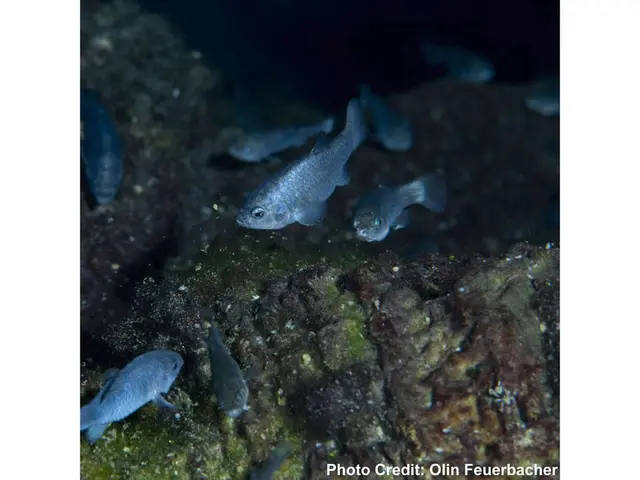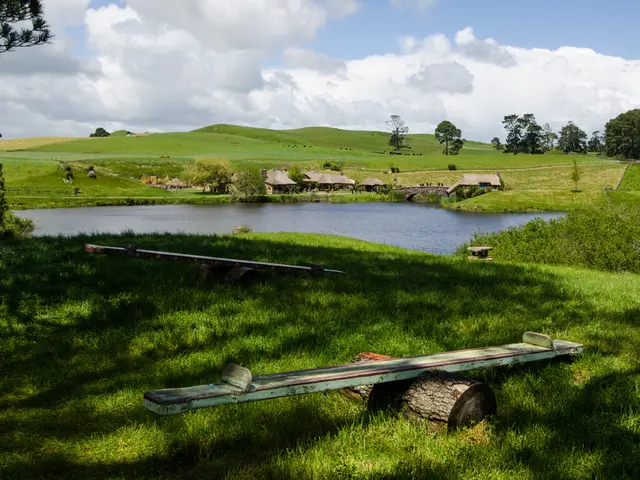Climate Change Dilemma in Renewable Energy: Achieving a Sustainable Future Without Harming Biodiversity
The 8th Conference on Wind Energy and Wildlife Impacts, CWW2025, held on September 9, saw a keynote address from Rachel Asante-Owusu, an advocate for nature-positive renewable energy deployment. The conference, which focuses on the ecological impacts of wind and solar energy, provided a platform for Asante-Owusu to discuss the challenges and opportunities in the renewable energy sector.
Asante-Owusu highlighted the Ecowende initiative, a joint venture aiming to build the most ecological wind farm yet. The project represents a significant step towards a more sustainable future, fostering collaboration across governments, industry, and civil society.
However, the construction of wind farms, both offshore and onshore, raises concerns about its impact on marine life and terrestrial ecosystems. Offshore wind construction generates underwater noise that displaces marine mammals and alters seafloor habitats. Onshore wind poses risks for raptors, migratory birds, and bats. Solar farms can displace semi-natural habitats important for reptiles, birds, and pollinators.
Grid infrastructure, too, fragments ecosystems, from salt marshes to mangroves. Rapid expansion of renewable energy creates ecological trade-offs that need careful consideration.
Asante-Owusu proposed a four-pillar approach to mitigate these impacts: strategic spatial planning, cumulative impact assessment, wildlife-sensitive design, and integration with Nature-based Solutions. This approach aims to strike a balance between renewable energy development and biodiversity conservation.
She also mentioned the Renewables for Nature Coalition, a collaboration between various stakeholders to develop industry guidance based on lessons learned. Asante-Owusu is also involved in the Global Initiative for Nature Grids and Renewables (GINGR), a partnership between her website and the Renewable Grids Initiative.
Asante-Owusu emphasized the challenge of mitigating climate change through renewable energy without accelerating biodiversity loss. She highlighted success stories like pollinator-solar projects and offshore wind reefs, demonstrating the potential for renewable energy to coexist harmoniously with nature.
The International Energy Agency projects that renewable power must triple by 2030 to meet climate goals. With the increasing demand for renewable energy, it is crucial to address the ecological impacts and find solutions that promote both sustainable energy and biodiversity conservation. Asante-Owusu's four-pillar approach and initiatives like Ecowende, Renewables for Nature Coalition, and GINGR provide a promising start.







